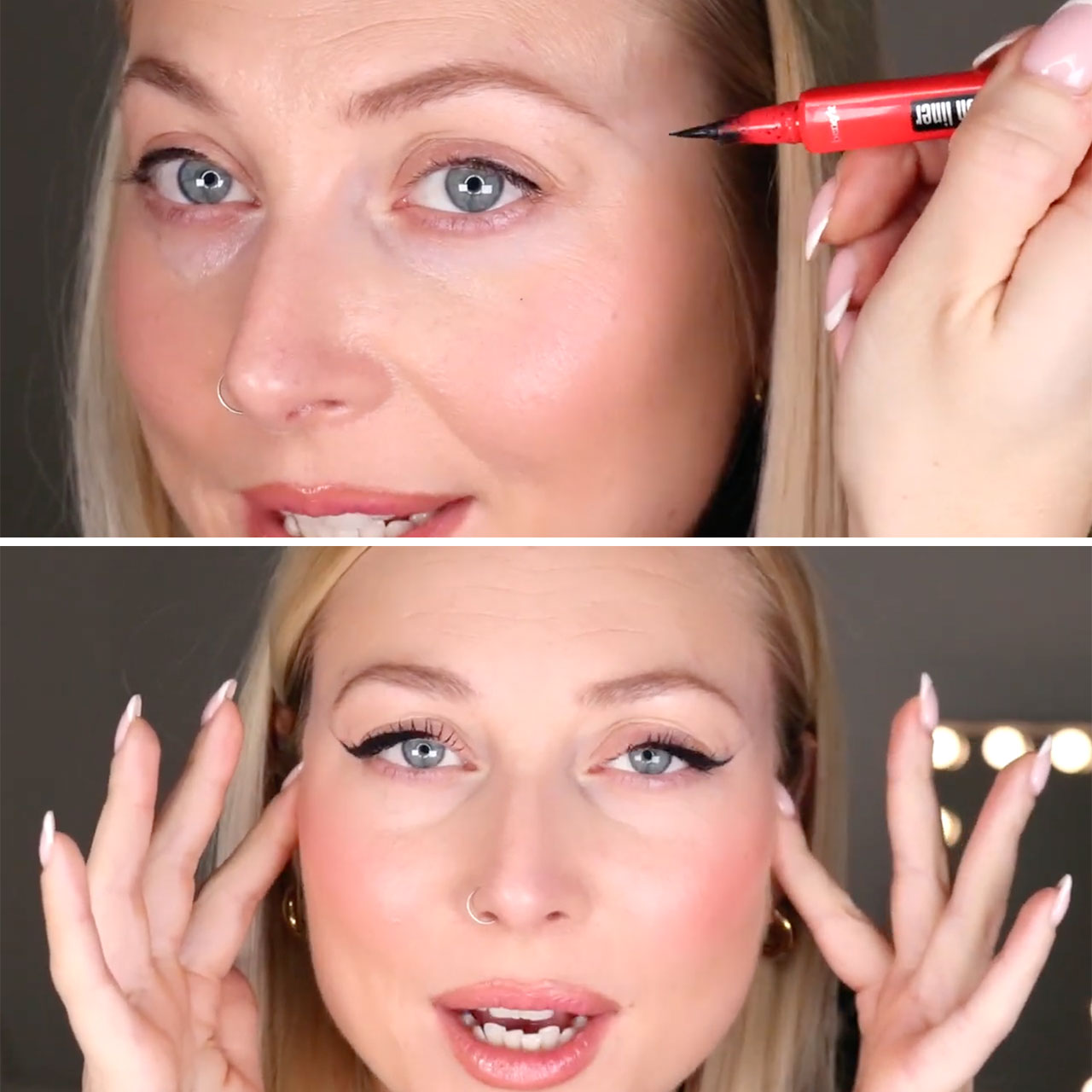This is an archived article and the information in the story may be outdated. Please check the time stamp on the story to see when it was updated last.

You should never, ever under any circumstances wear white to a wedding–right? Wrong!
“That rule no longer stands,” writes the Emily Post Institute, aka the ultimate authority on these things. The rule does stand that you must not “distract from the bride or her attendant’s dresses,” but there are many ways to wear white to a wedding that don’t take away from the bride, either in the small details of your dress or with casual accessories, that are totally acceptable by even the strictest standards.
As Post dictates, this is an area where you should proceed with extreme caution, and if you have any qualms about your outfit, don’t wear it. If you have doubts, wear another color–it’s not worth offending the bride or her guests.
Here’s the official etiquette on different ways to wear white:
White detail on your dress–like a belt, trim or lace: As long as the dress itself does not upstage or rival the bride’s you can absolutely wear a dress with white or off-white detailing as long as it’s casual (like a sheath) and “not a full-skirted, white evening gown.”
Peggy Post recently wrote in the New York Times that a white-lace-over-color-sheath was acceptable for a wedding as long as it was cocktail length and did not scream “bride.” If the dress is long or gown-y, it is not acceptable.
A white pashmina, shawl or cardigan: The same rule for white dresses applies to white shoulder covers–if it looks like something a bride or her bridesmaids would wear, skip it. For example, a cotton cardi is likely OK, while an angora bolero is not. For scarves, a raw silk shawl is probably not acceptable, while a wool pashmina with fringe is more casual. Do you see the distinction? When wearing white to a wedding err on the side of casual.
White clutch bag: Ditto for white clutch bags–the more formal, the less likely it is that you can get away with it. A white satin clutch with Swarovski closure? Nah, skip it. A cream envelope clutch or a rattan clutch with white detail–totally acceptable.
White jewelry: You should be in the clear when it comes to white jewelry, as long as it’s not pearls or find jewelry (pearl studs are totally okay, but I wouldn’t rock a pearl choker if I were you!). Some examples of acceptable white jewelry would be a white acrylic bangle, a multi-strand necklace, a white watch, white cocktail ring or hoops with white diamonds.
With jewelry of any kind at a wedding, you want to ask yourself if your statement piece might upstage the bride. A small diamond pendant is okay, but I wouldn’t wear a full diamond collar or chandelier earrings that look like they’re on loan from Lorraine Schwartz. And price isn’t necessarily the indicator here–some costume jewelry is very flashy and inappropriate. Cubic zirconia shines as bright as diamonds!
White shoes: White shoes can be difficult because many of them look “occasion-y” meaning they are designed specifically for being worn to special occasions and celeb rotations (think white-gold satin scrappy sandals). The rule of not wearing something the bride would wear applies here, too. If you have a pair of white open toe pumps or strapped sandals, they are likely too bridal-y. If you have espadrilles or cork wedges with a white ankle strap–they should be alright. White flats probably also work–but be aware that they might resemble something the bridesmaids are wearing.
So, there you have it–the official etiquette rules for wearing white. Did you find the answer you were looking for? If not, please send your style questions to editor@shefinds.com.
[Photo: Pink Peonies]



























